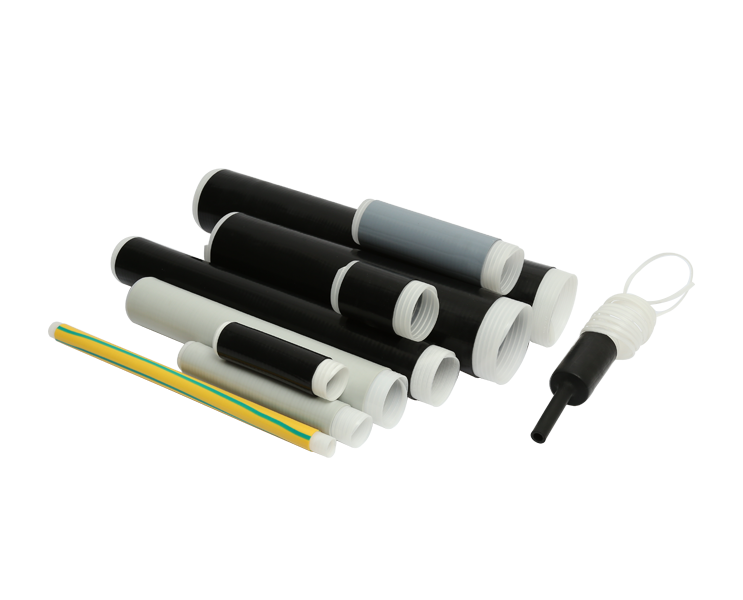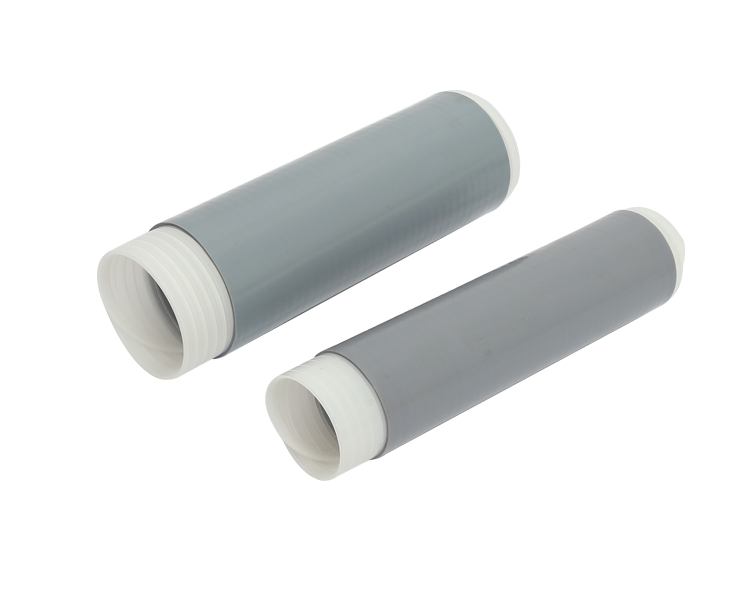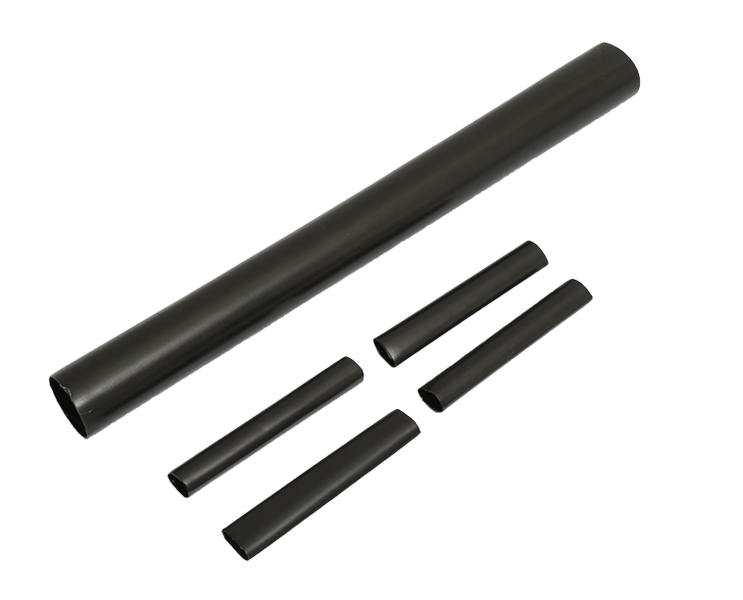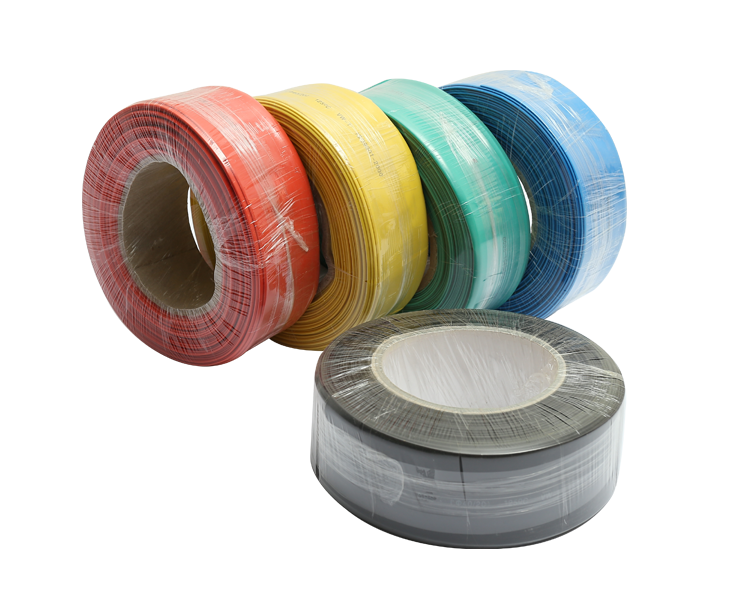Intricacies of Cable Basic Structure: A Foundation for Power Lines
Cables serve as the lifelines of modern infrastructure, carrying the pulse of electricity and data that fuels our interconnected world. At the heart of their functionality lies the Cable Basic Structure, an intricate arrangement of components that ensures the reliable transmission of power and information.
The Cable Basic Structure is a meticulously designed assembly that empowers cables to fulfill their essential role in power transmission, data communication, and beyond. This structure comprises multiple layers, each serving a specific purpose to ensure optimal performance and longevity. As technology advances, so does the complexity and sophistication of cable designs, elevating the reliability of power lines and communication networks.
The fundamental components that constitute the Cable Basic Structure include:
- Conductor: At the heart of every cable lies the conductor, a metal wire or group of wires responsible for carrying electrical current. Copper and aluminum are common choices due to their excellent conductivity and malleability. The conductor's size and material dictate the cable's current-carrying capacity.
- Insulation: Surrounding the conductor is the insulation layer, often made from materials like PVC (Polyvinyl Chloride), XLPE (Cross-Linked Polyethylene), or rubber. Insulation prevents current leakage, maintains signal integrity, and ensures safety by isolating the conductor from external influences.
- Shielding: In cables carrying sensitive signals, such as data or communication cables, shielding is introduced. This layer minimizes electromagnetic interference (EMI) and radio frequency interference (RFI), ensuring reliable data transmission even in noisy environments.
- Insulation Sheath: The outermost layer, the insulation sheath, safeguards the cable from mechanical damage, moisture, and environmental elements. Different types of sheathing materials are chosen based on the cable's intended use, be it indoor, outdoor, underground, or underwater installations.
The Cable Basic Structure is of paramount importance in power lines, where its components collectively safeguard the efficient and safe transmission of electricity. The conductor's low resistance ensures minimal energy loss during transmission, contributing to the overall efficiency of the power grid. Insulation prevents leakage and ensures that power is directed where it's needed, while sheathing protects the cable from external forces and environmental factors.
While power lines heavily rely on the Cable Basic Structure, its significance extends to a plethora of applications:
- Data Communication: In Ethernet cables and fiber optics, the basic structure ensures accurate data transmission over short and long distances.
- Telecommunications: Telephone and internet cables leverage the structure to enable seamless communication.
- Submarine Cables: Underwater cables use specialized materials in their structure to withstand the harsh marine environment.
- Automotive Wiring: Automobiles rely on cable structures to power various components and systems.
- Industrial Machinery: Cables with specialized structures connect machinery and equipment, ensuring their efficient operation.
The Cable Basic Structure stands as the cornerstone of modern connectivity. From power lines that illuminate our cities to communication cables that bridge distances, its components work in harmony to facilitate the flow of electricity and information. By understanding the intricacies of this structure, industries can design cables that meet the demands of their applications, ensuring the reliability, safety, and efficiency of the systems they power. As technology evolves, the Cable Basic Structure remains the unchanging foundation that continues to empower our interconnected world.

 English
English 简体中文
简体中文



